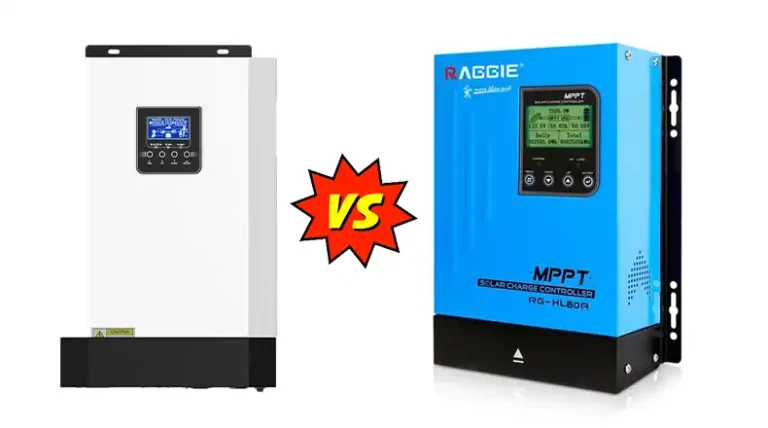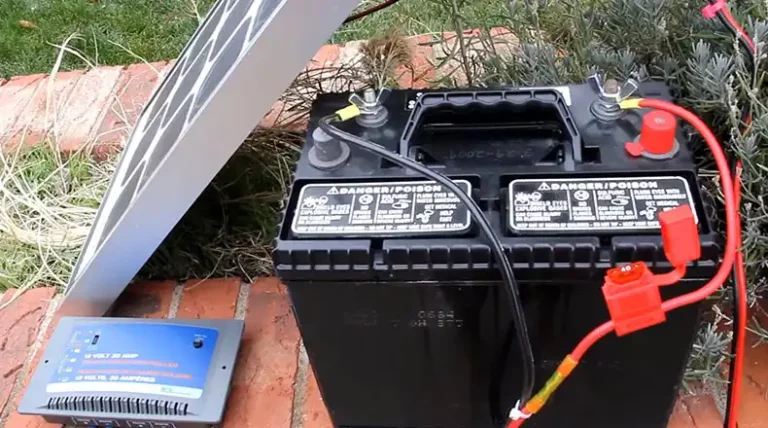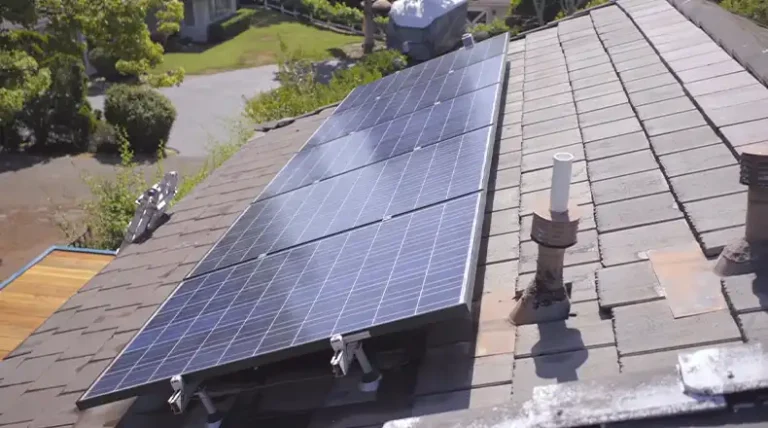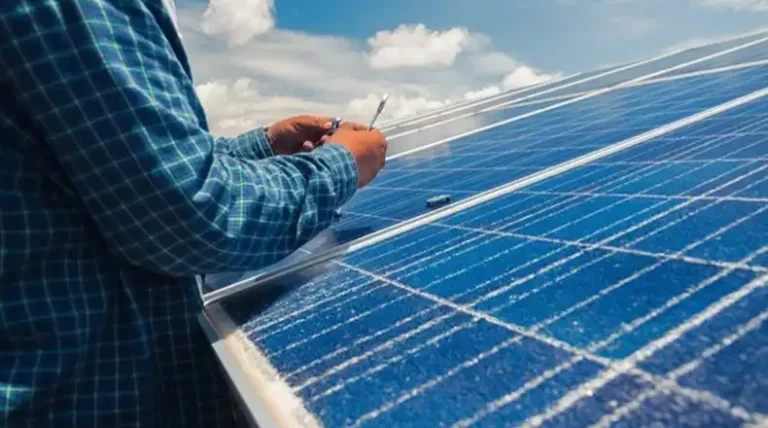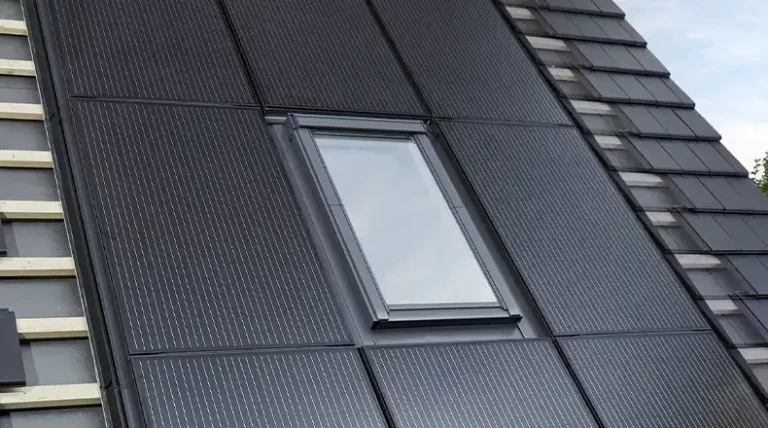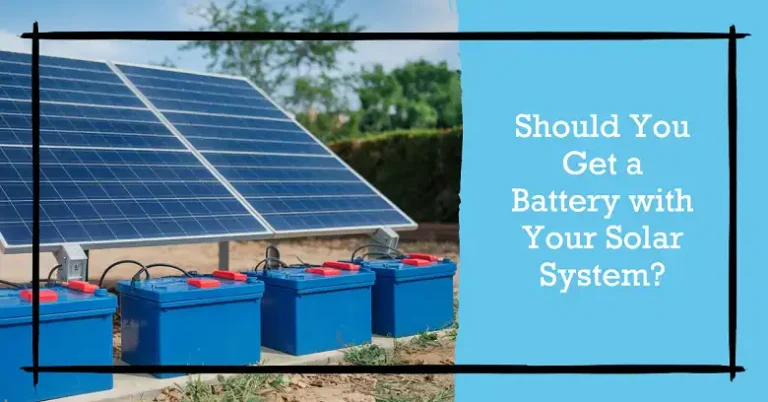How To Prepare Your Home For Solar Panel Installation?
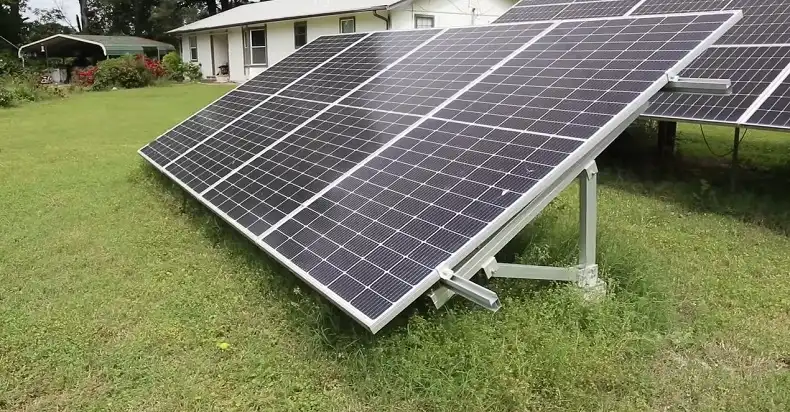
Preparing your home for solar panel installation is a crucial step towards embracing clean, renewable energy.
With the rising concerns about climate change and the increasing affordability of solar technology, more homeowners are considering this eco-friendly power option.
Before you make the switch, there are several important steps to take to ensure a smooth transition. The most critical aspect is assessing your home’s energy efficiency and solar potential.
By conducting a thorough energy audit and evaluating your roof’s suitability, you can determine if solar is right for your home and how to maximize its benefits.
This guide will walk you through the essential preparations, from understanding your electricity needs to choosing the right installer, helping you make an informed decision about powering your home with solar energy.
Now, let’s dive into the details of preparing your home for solar panel installation:
1. Assess Your Home’s Energy Efficiency
Before considering solar panels, it’s crucial to optimize your home’s energy efficiency. This step ensures that you’ll get the most out of your solar investment.
Conduct A Home Energy Audit
A home energy audit is an excellent starting point for understanding where your home is losing energy and what improvements can be made. You can hire a professional auditor or perform a DIY audit. Here’s what to look for:
- Insulation: Check attics, walls, and floors for adequate insulation.
- Air leaks: Inspect windows, doors, and other openings for drafts.
- HVAC system: Evaluate the efficiency of your heating and cooling systems.
- Lighting: Identify opportunities to switch to energy-efficient LED bulbs.
Implement Energy-Saving Measures
Based on your audit findings, implement energy-saving measures to reduce your overall electricity consumption. This might include:
- Adding insulation to your attic or walls
- Sealing air leaks around windows and doors
- Upgrading to a more efficient HVAC system
- Replacing old appliances with ENERGY STAR certified models
- Installing programmable or smart thermostats
By reducing your energy consumption, you may be able to install a smaller, more affordable solar system.
2. Evaluate Your Solar Potential
Understanding your home’s solar potential is crucial for determining if solar panels are a viable option for you.
Consider Sunlight Exposure And Shading
The amount of sunlight your roof receives directly impacts the effectiveness of solar panels. Consider the following:
- Roof orientation: South-facing roofs in the Northern Hemisphere typically receive the most sunlight.
- Shade: Trees, nearby buildings, or other obstructions can reduce solar panel efficiency.
- Local climate: Areas with more sunny days will generally produce more solar energy.
Use online solar mapping tools or consult with a solar installer to assess your home’s solar potential accurately.
Assess Roof Condition And Suitability
Your roof plays a crucial role in supporting solar panels. Evaluate the following aspects:
- Age and condition: If your roof needs replacement soon, it’s best to do so before installing solar panels.
- Material: Some roofing materials are more compatible with solar panel installation than others.
- Slope: The ideal roof pitch for solar panels is between 30 and 45 degrees, but panels can be installed on various slopes with adjustments.
- Size and shape: Ensure your roof has enough unobstructed space to accommodate the number of panels you need.
If your roof isn’t suitable for solar panels, you might consider ground-mounted systems or community solar options.
3. Research Solar Options
There are several ways to incorporate solar energy into your home. Understanding these options will help you make the best choice for your situation.
Purchase Vs. Lease
When it comes to acquiring solar panels, you generally have two main options:
- Purchasing: Buying your solar system outright offers the highest long-term savings and increases your home’s value. However, it requires a significant upfront investment.
- Leasing: Solar leases or power purchase agreements (PPAs) allow you to benefit from solar with little to no upfront cost. However, you won’t own the system, and savings may be lower in the long run.
Consider your financial situation, long-term plans, and potential return on investment when deciding between these options.
Community Solar Alternatives
If installing solar panels on your property isn’t feasible, community solar might be an option:
- Community solar projects allow multiple households to benefit from a shared solar array.
- Participants typically receive credits on their electricity bills for their portion of the solar energy produced.
- This option is ideal for renters, those with unsuitable roofs, or homeowners in heavily shaded areas.
Research community solar projects in your area to see if this could be a viable alternative for you.
4. Estimate Your Solar Electricity Needs
Accurately estimating your electricity needs helps ensure your solar system is properly sized.
Review Past Electricity Usage
Gather your electricity bills from the past 12 months to understand your average energy consumption. Look for:
- Monthly and seasonal variations in usage
- Your total annual electricity consumption in kilowatt-hours (kWh)
This information will help solar installers recommend an appropriately sized system for your home.
Account For Future Changes
Consider any planned changes that might affect your future electricity usage:
- Home additions or renovations
- Purchase of an electric vehicle
- Changes in household size
- Installation of energy-efficient appliances
Factoring in these potential changes will help ensure your solar system meets your long-term energy needs.
5. Choose The Right Solar Installer
Selecting a qualified and reputable solar installer is crucial for a successful solar panel installation.
Check Qualifications And Certifications
Look for installers with the following credentials:
- North American Board of Certified Energy Practitioners (NABCEP) certification
- State-specific licenses and insurance
- Membership in solar industry associations
These qualifications indicate a commitment to professional standards and ongoing education in the solar industry.
Get Multiple Bids
Obtain at least three bids from different solar installers. When comparing bids, consider:
- System size and estimated energy production
- Equipment quality and warranties
- Total cost and financing options
- Estimated savings and payback period
- Installation timeline and process
Don’t solely focus on price; the cheapest option may not always be the best value in the long run.
6. Understand Financing and Incentives
Taking advantage of available financing options and incentives can significantly reduce the cost of going solar.
Federal Tax Credits
The federal solar Investment Tax Credit (ITC) is a significant incentive for homeowners:
- As of 2024, the ITC offers a 30% tax credit for solar systems installed between 2022 and 2032.
- The credit will decrease to 26% for systems installed in 2033 and to 22% for systems installed in 2034.
- There is no maximum amount that can be claimed.
Consult with a tax professional to understand how the ITC applies to your situation.
State And Local Incentives
Many states and local utilities offer additional incentives for solar installation:
- State tax credits
- Rebates
- Performance-based incentives
- Solar Renewable Energy Certificates (SRECs)
Research incentives available in your area using the Database of State Incentives for Renewables and Efficiency (DSIRE).
7. Prepare for Installation
Once you’ve chosen an installer and finalized your plans, it’s time to prepare for the actual installation.
Obtain Necessary Permits
Your solar installer will typically handle the permitting process, but it’s good to be aware of what’s required:
- Building permits
- Electrical permits
- Utility interconnection agreement
Permitting requirements vary by location, so check with your local government for specific regulations.
Coordinate With Your Utility Company
Work with your utility company to understand:
- Net metering policies
- Any required equipment upgrades (e.g., meter replacement)
- The process for connecting your solar system to the grid
Your installer should assist with this coordination, but it’s helpful to be informed about the process.
Conclusion
Preparing your home for solar panel installation involves several important steps, from assessing your energy efficiency to understanding financing options.
By thoroughly evaluating your home’s solar potential, researching your options, and choosing a qualified installer, you’ll be well-prepared to make the switch to clean, renewable solar energy.
Remember that while the process may seem complex, the long-term benefits of reduced energy costs and a smaller carbon footprint make it a worthwhile investment.
As solar technology continues to advance and become more affordable, there’s never been a better time to consider powering your home with the sun.

